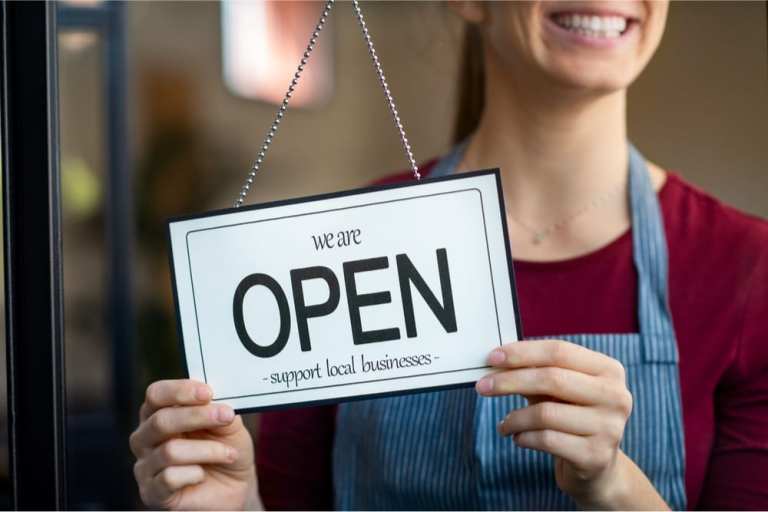Goldman: US Unemployment Rate Could Hit 25 Pct

Goldman Sachs’ forecast for the nation’s unemployment rate rose by 10 percent, as the bank now predicts at least a 25 percent unemployment rate due to the coronavirus pandemic.
The forecast was revised from the 15 percent prediction as of Wednesday (May 13).
The bank’s note late Tuesday said the prediction was revised to reflect the fact that more people are likely to lose their jobs and be classified as unemployed.
By the end of the year, the unemployment rate is likely to sit at around 10 percent, which would be near the apex of the 2008 Great Recession’s numbers, Goldman said.
Last week’s reports showed record numbers of unemployment at 14.7 percent, which is the highest it’s been since the Great Depression of the 1920s, as well as a record high of contractions for payrolls.
The forecast also doesn’t look good for the quarterly gross domestic product (GDP) either, with a second-quarter decline of 39 percent rather than 34 percent as initially predicted.
Goldman is still optimistic about the rebound, though, with companies starting to ease back into doing regular business and consumers, if slowly, returning to shopping. There’s a 29 percent bounce-back predicted for the third quarter, which could represent a ‘V-shaped’ arc for recovery as the pandemic eases up, Goldman said.
But the country isn’t out of the water yet, as reopenings come with the risk of second waves of the coronavirus if people don’t socially-distance properly.
The idea of a ‘V-shaped’ recovery is one that other financial experts have not been looking too kindly upon, as recent analysis by the National Bureau of Economic Research predicts a ‘L-shaped’ arc, with a steep drop followed by a long and drawn-out economic recession. Financial experts say the likelihood of a quick recovery is slim due to the multitude of damaged factors amid the crisis.
An editorial by PYMNTS CEO Karen Webster says the recovery will be dependent on businesses, employees, customers and buyers all being convinced that it’s safe enough to return to public life and continue shopping and selling as it used to be.